The story of Jelgava, Latvia is heartbreaking. Founded in 1265 by the Livonians, the city grew prosperous and by the 16th century was the seat of the Duchy of Courland. The nobility built fine mansions and churches, and the city’s beauty was said to rival that of Riga. But in 1944 tragedy struck. Jelgava had the misfortune to be a major railway link for the region and was bombed almost to oblivion. Stalin hammered the final nail in the coffin when he blew up a few more historical buildings for a scene in a Soviet film about the siege of Leningrad. And yet, glimmers of her former loveliness are still there; you just have to squint a little.
The first few blocks leading into town from the train station were somewhat bleak. A few ramshackle buildings faced off across a scanty park and construction noise and dust filled the air. I started to wonder what I had gotten myself into. But then, as if the town council rolled out a welcome mat, the sound of bells rang out and I caught sight of the striking blue domes of the Orthodox Cathedral of St Simeon and St Anna. Things only got better from there.
Since Jelgava only warranted a single paragraph in my guidebook, I headed straight to the tourist office, located inside the Holy Trinity Church Tower. There I was able to pick up an excellent map and brochures as well as chat (in English!) with the friendly and knowledgeable girl behind the desk.
The nine-story tower is all that remains of the Holy Trinity Church, which was destroyed by the Soviets in 1952. Today, several floors of the tower contain informative historical exhibits while a glassed-in observation deck provides a 360-degree view of Latvia’s fourth-largest city.
Jelgava is divided by Lielupe, or the “Big River.” A newly created promenade, complete with bike lanes, runs along the river, while a modern pedestrian bridge crosses over to a small recreational island. A special bronze fountain created by a local student stands next to the bridge; Jelgava takes great pride in its university heritage.
The restaurant inside the nearby Hotel Jelgava is a great choice for lunch. I had a delicious piece of roast pork belly with butter-braised cabbage and mashed potatoes – all for just €7.50!
Jelgava Palace, the town’s piece de resistance, commands a small island in the middle the river. Once home to the Dukes and Duchesses of Courland, the massive salmon-pink building now belongs to the Latvian University of Agriculture.
The Palace – the largest of its kind in the Baltics – was constructed in the 1730s by Francesco Bartolomeo Rastrelli, the same architect responsible for Latvia’s Rundale Palace and Russia’s Winter Palace. I visited the small museum inside, and chatted with a knowledgeable staff member who explained that the 669-room palace – which was gutted by fire and sits on a flood plain – would be much too expensive to restore. Given the destruction of WWII, it’s amazing that the building still stands.
The biggest surprise of the day was the herd of wild horses found in the field behind the palace. The horses are a Polish breed that is being reintroduced across Europe in conjunction with the European Union and World Wildlife Fund. The goal of the project is to promote grazing which in turn protects meadows and farmland from invasive plant species. It was a joy to watch the 40 or so horses enjoy their natural habitat.
No trip to Jelgava would be complete without stopping by the impressive History and Art Museum, which is housed in a wonderfully-restored edifice I first mistook for the town hall. The pretty pink building, which dates to 1775, was the Academia Petrina, the first university in Latvia. Interestingly, there has been a museum on the premises since 1952, though I suspect the exhibits are much better curated now.
The ground floor is dedicated to the history of Jelgava, from the time of the Dukes through the Soviet occupation. While there are no English translations, I found the displays intuitive enough to figure out on my own. Of special interest were the 18th century costumes and aristocratic household items.
The second floor of the Jelgava History and Art Museum features paintings by prominent local artists, such as Vihelms Purvitis and Johans Valters. Two rooms showcase the works of Gederts Eliass, considered one of the “old masters” of Latvian painting, and who struck me as Latvia’s answer to Matisse. The viewing experience was enhanced by a man playing classical tunes on a piano.
People told me not to waste my time with Jelgava, that it was an ugly place with nothing to offer. Naturally I had to go and try to prove them wrong. Would I plan my visit for the dead of winter? Nope. Does one need to allot a great deal of time for exploration? Probably not. But I think the city is certainly worth a day trip from Riga, especially considering the journey is only 40 minutes by train. I’d go back for the horses alone!
Which cities have surprised you the most?
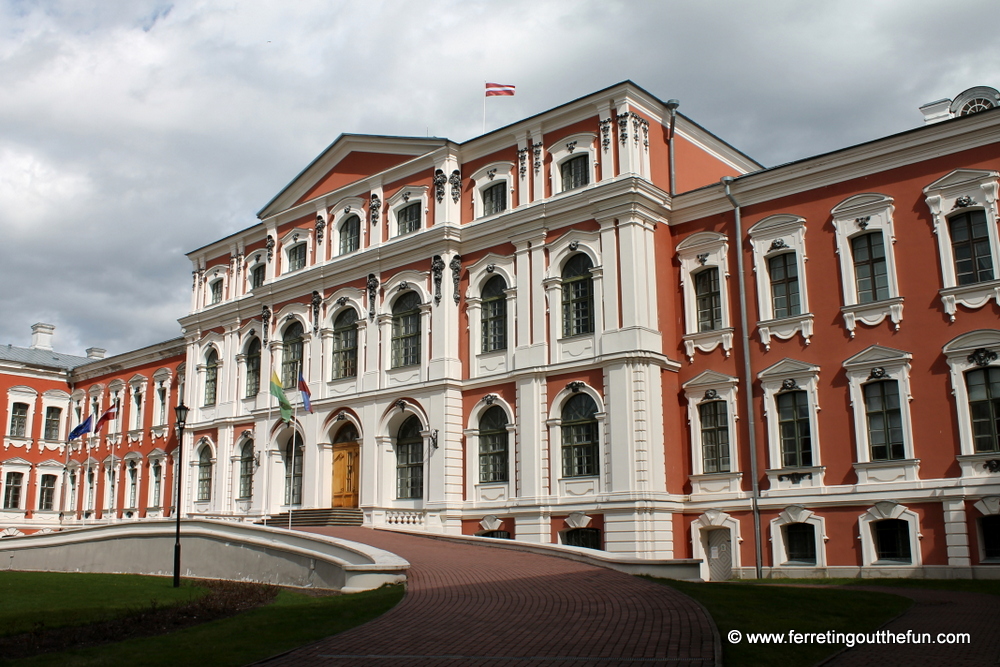
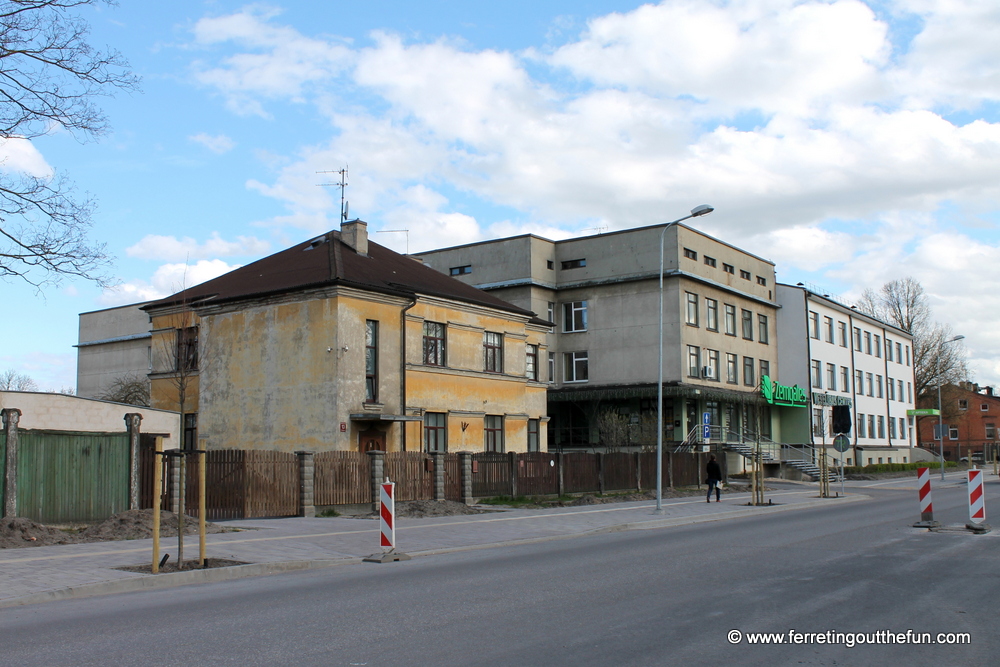
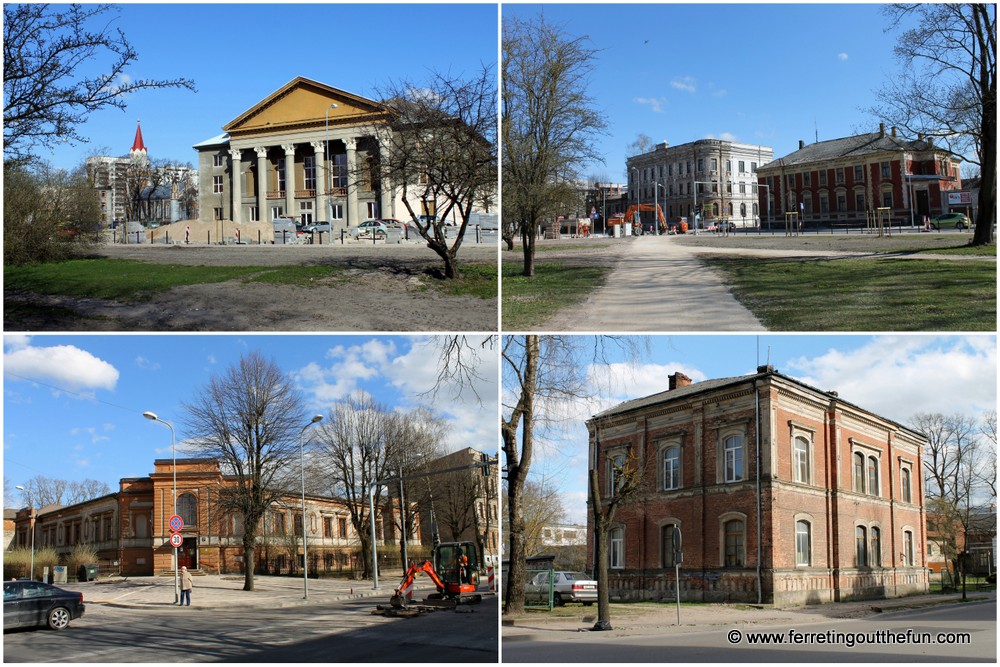
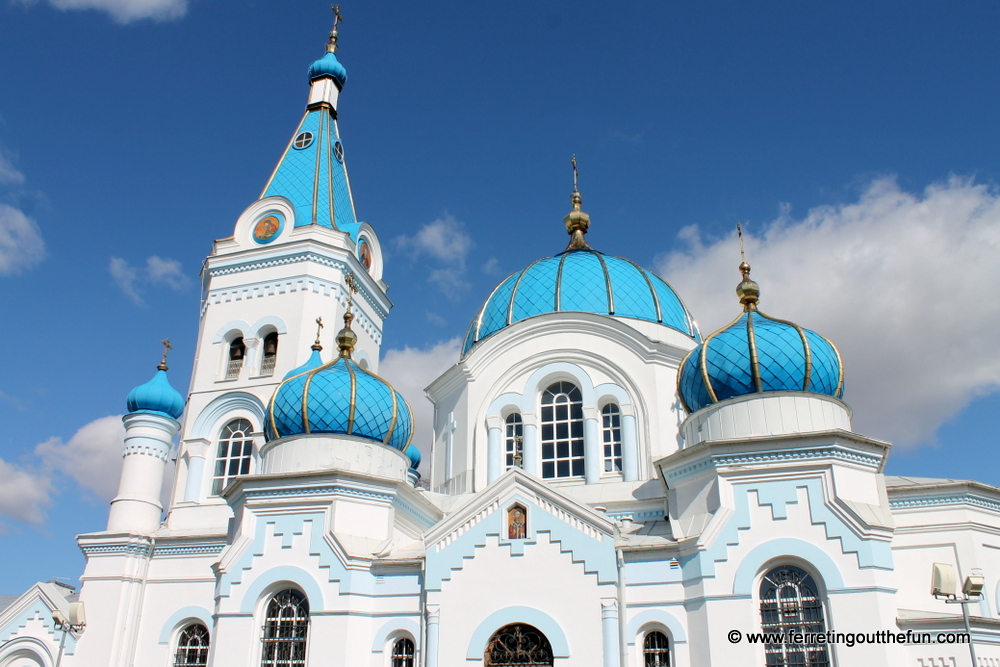
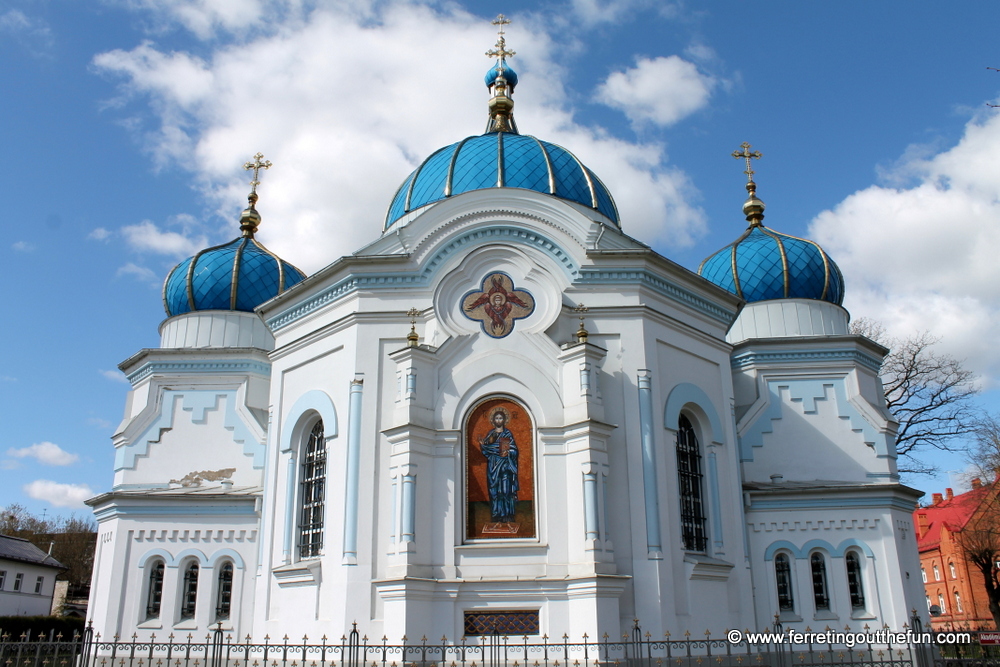
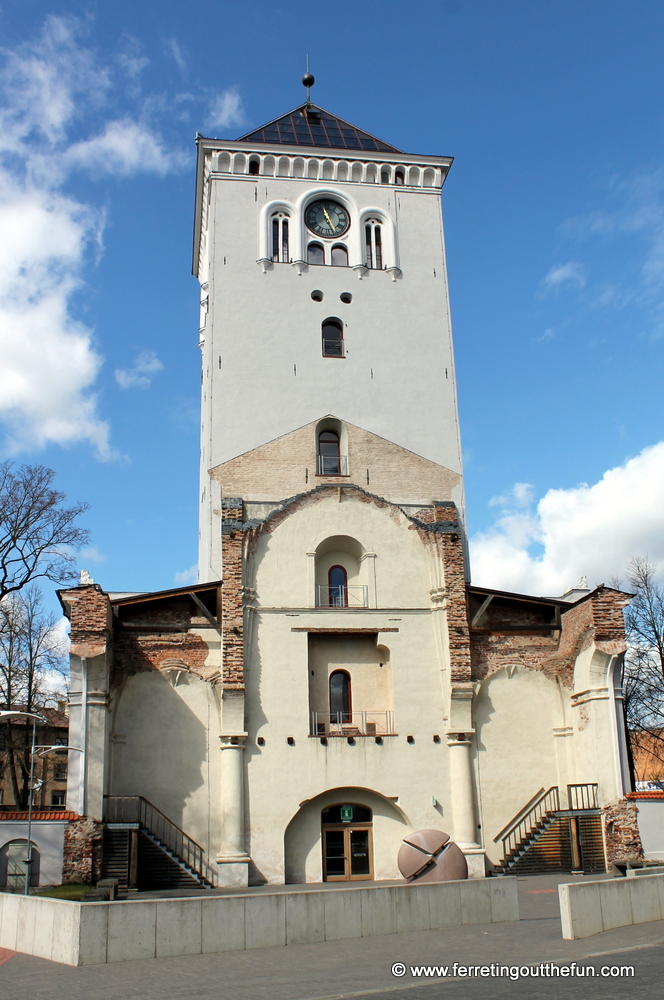
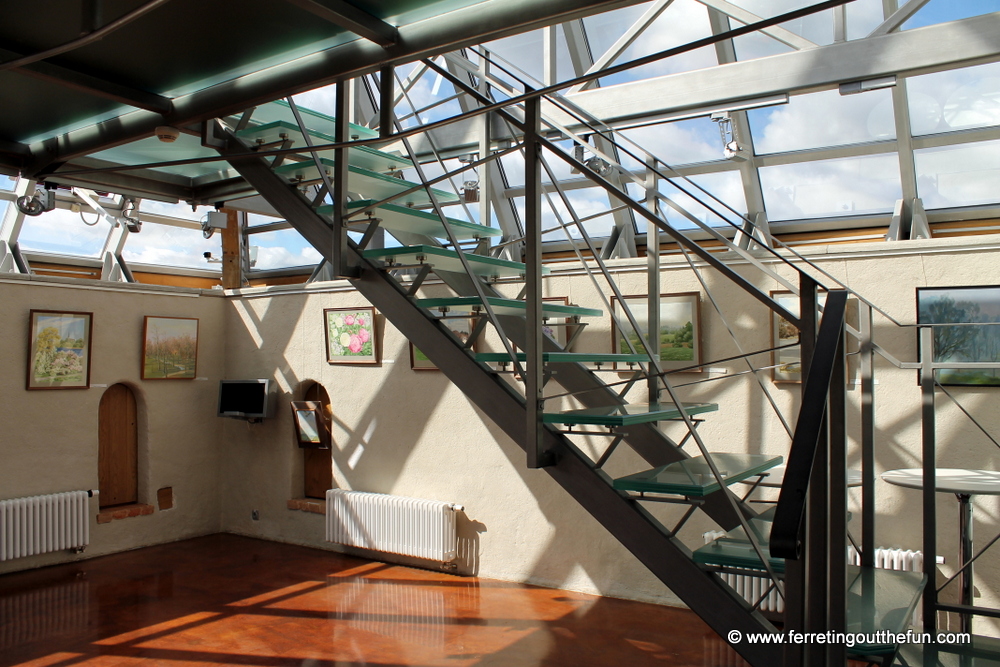
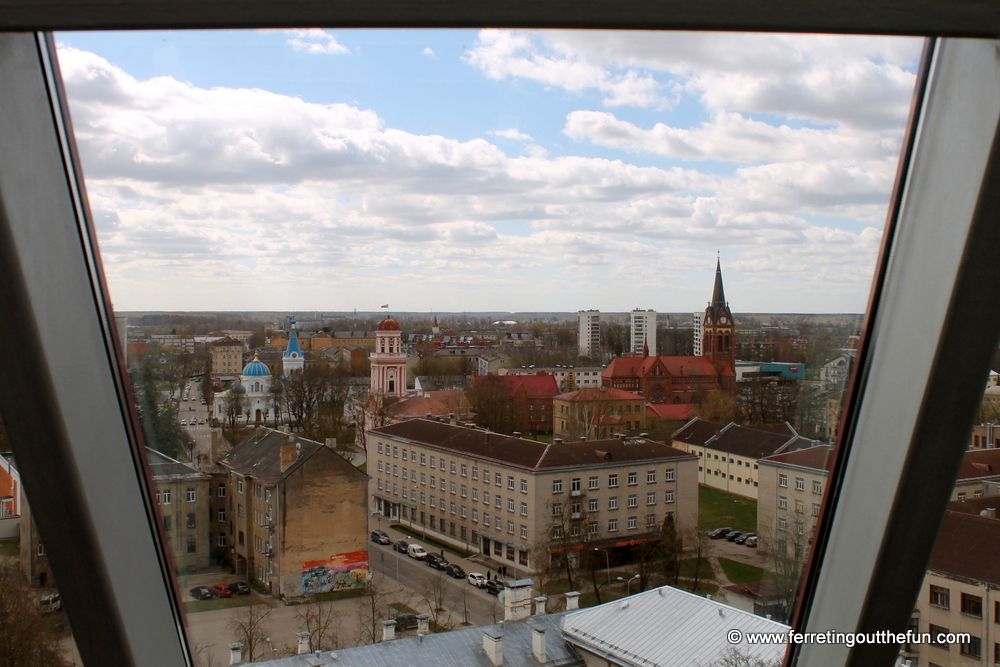
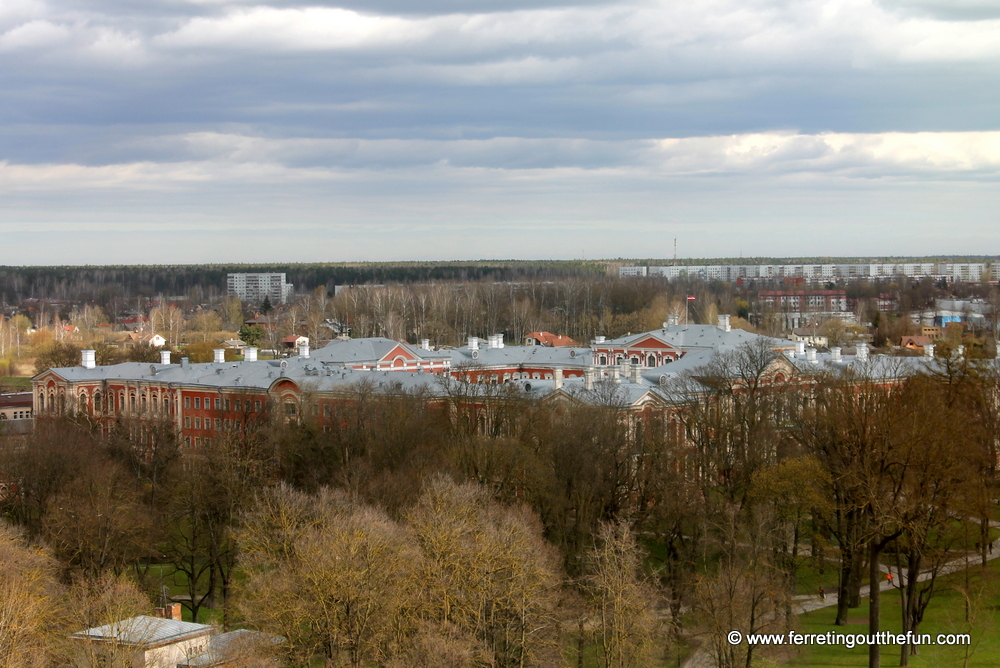
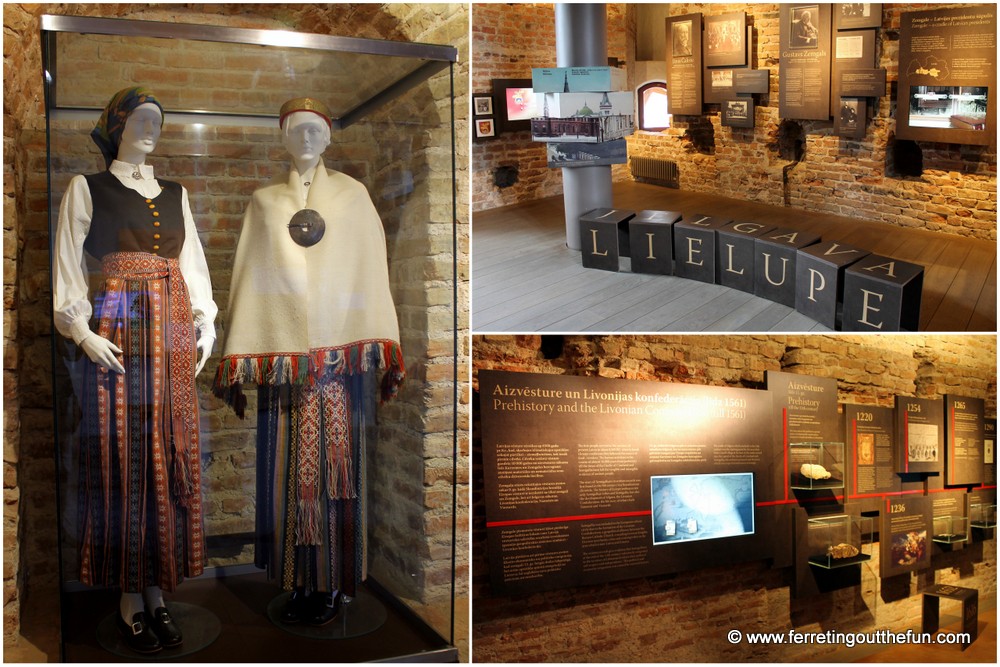
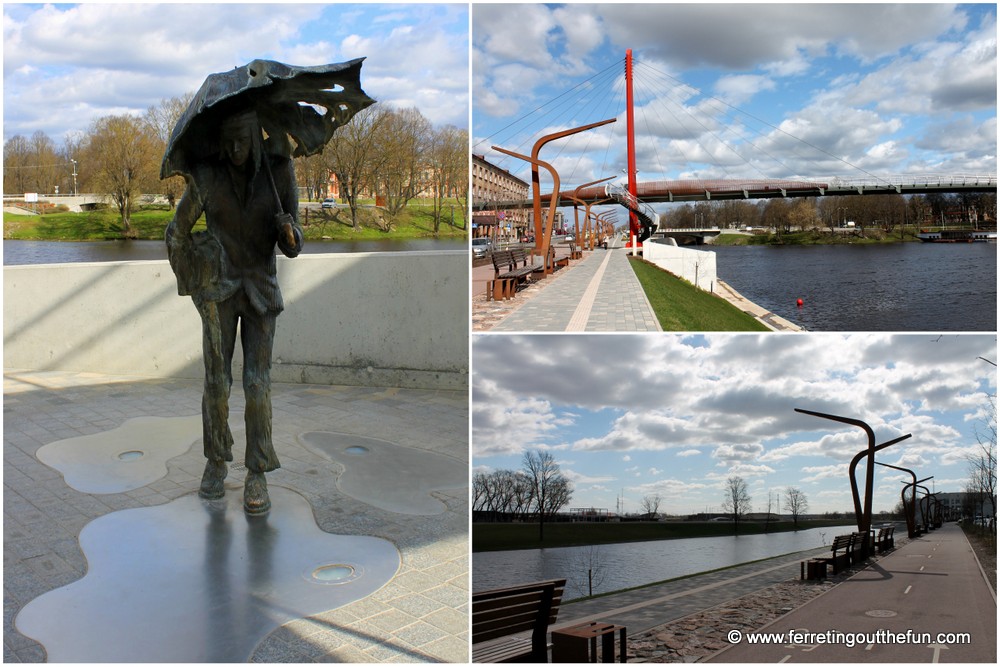
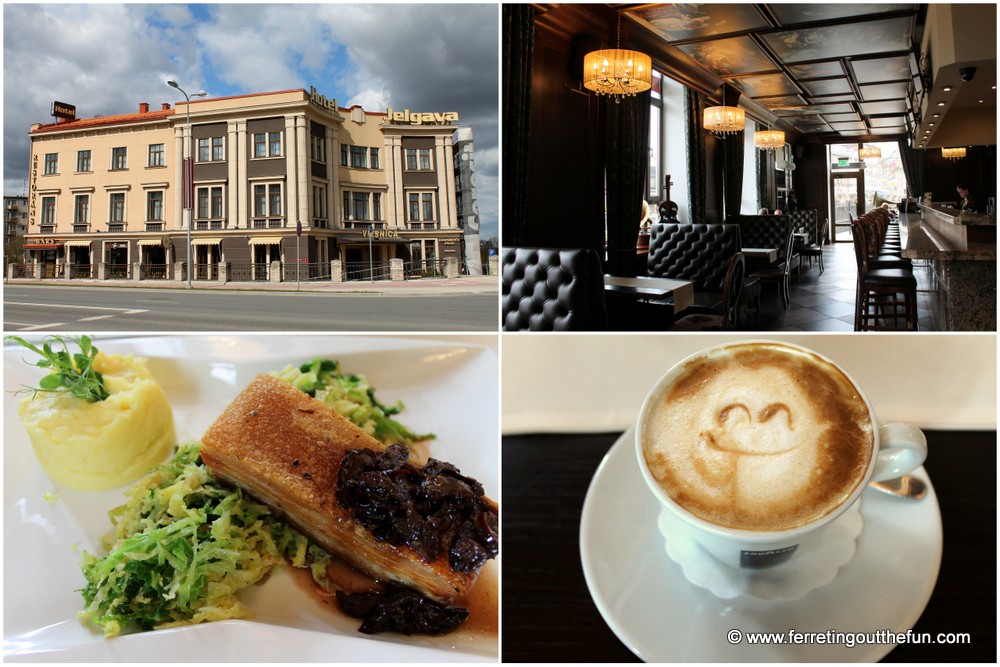
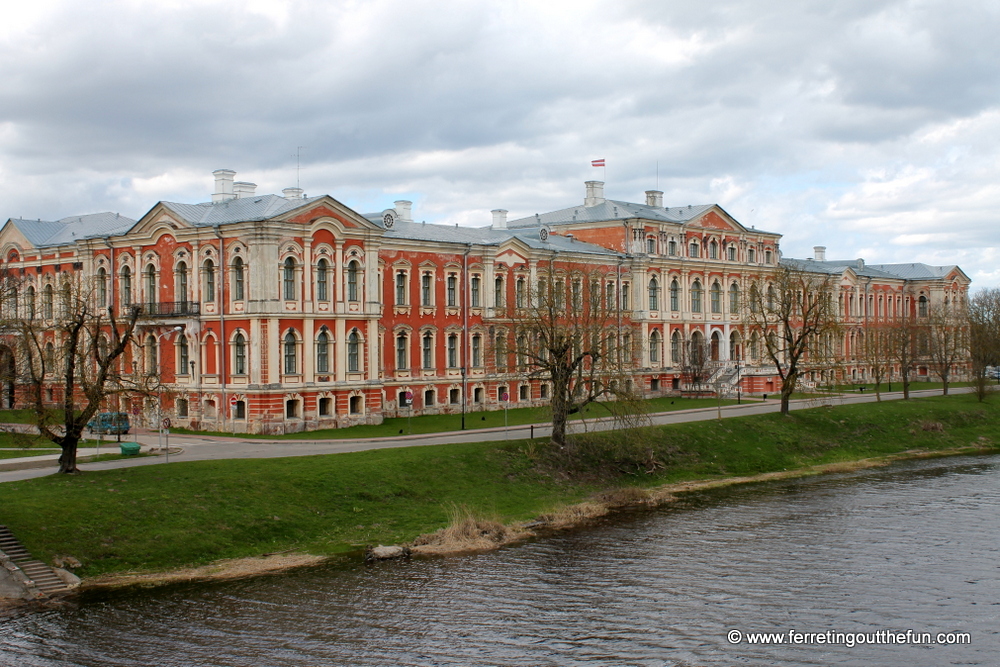

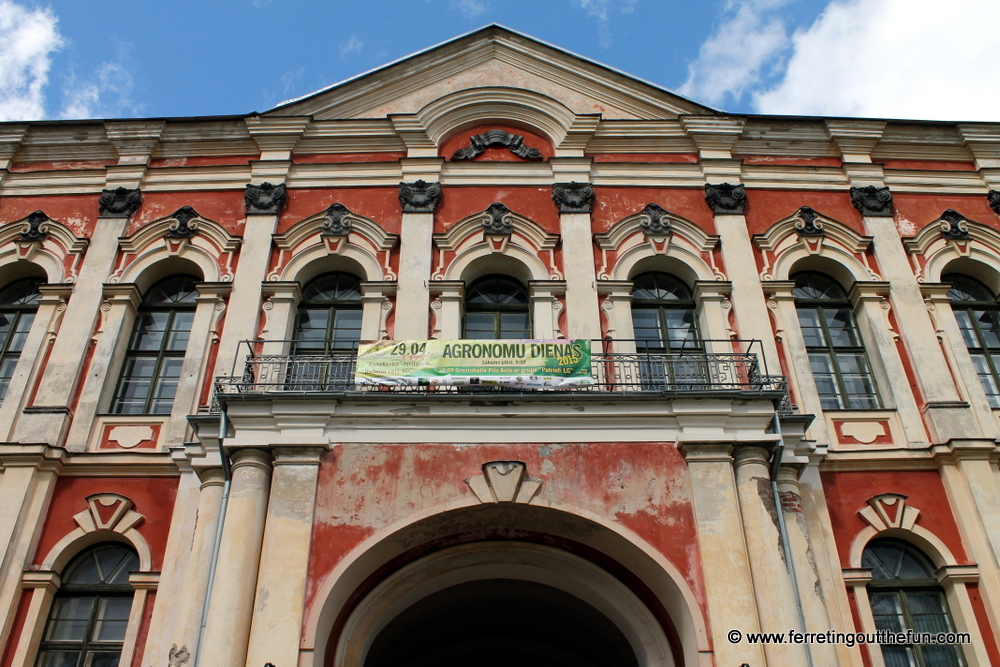
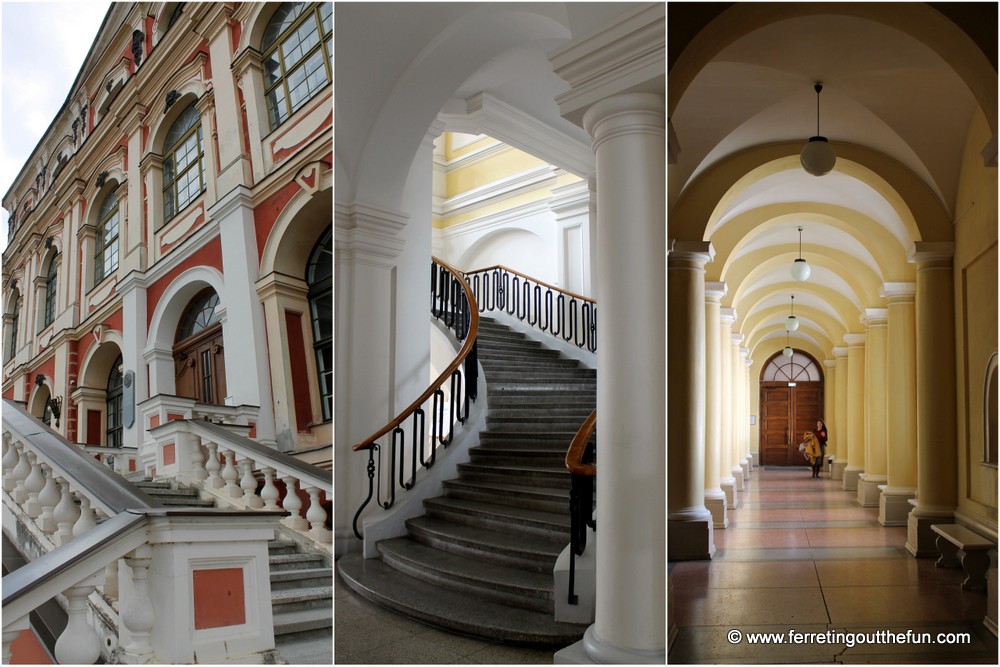
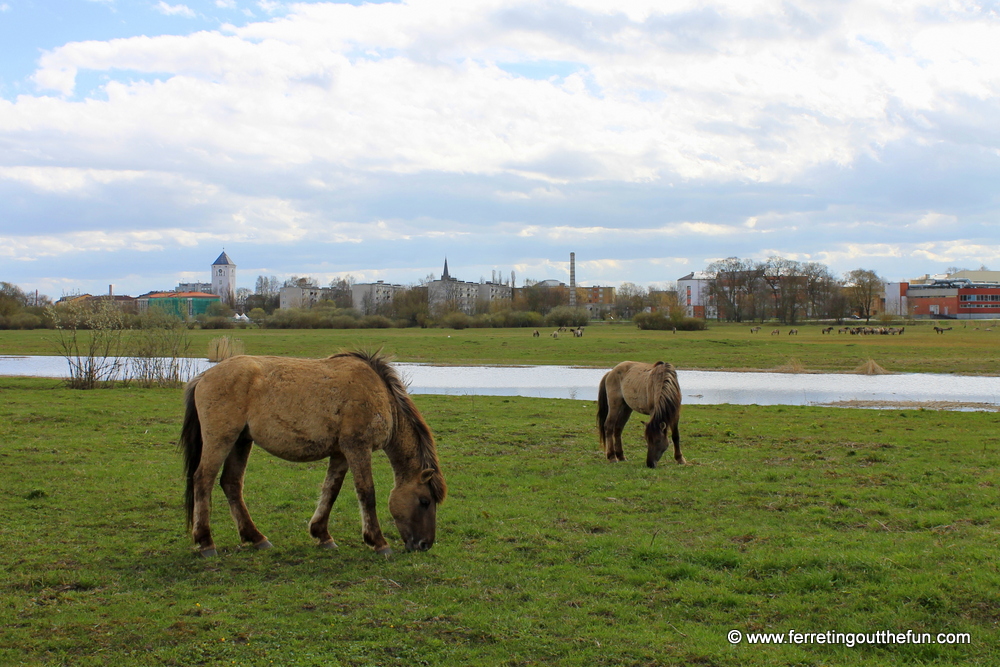
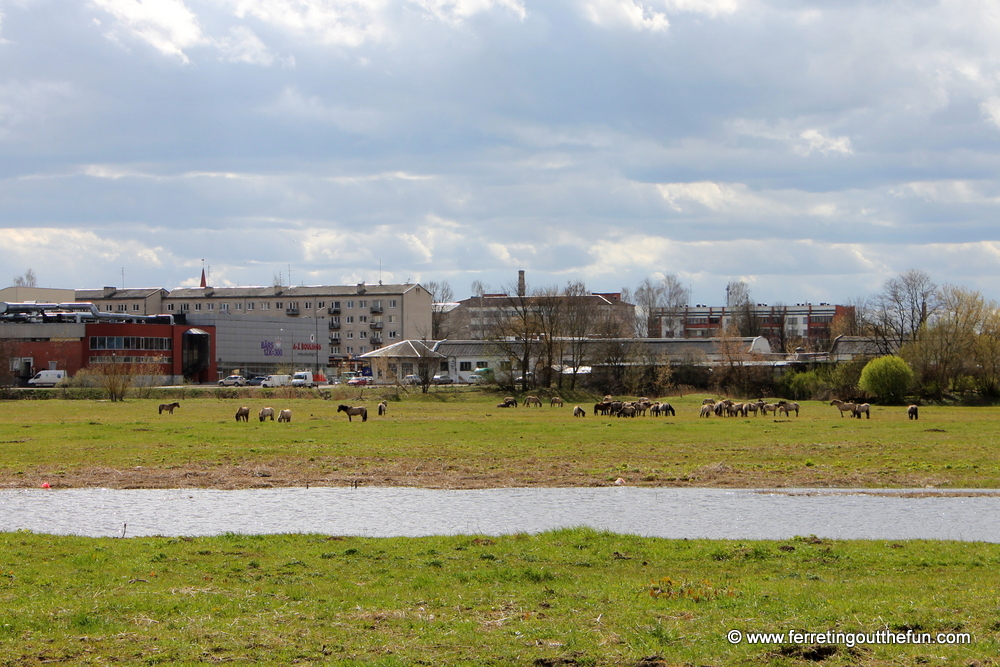
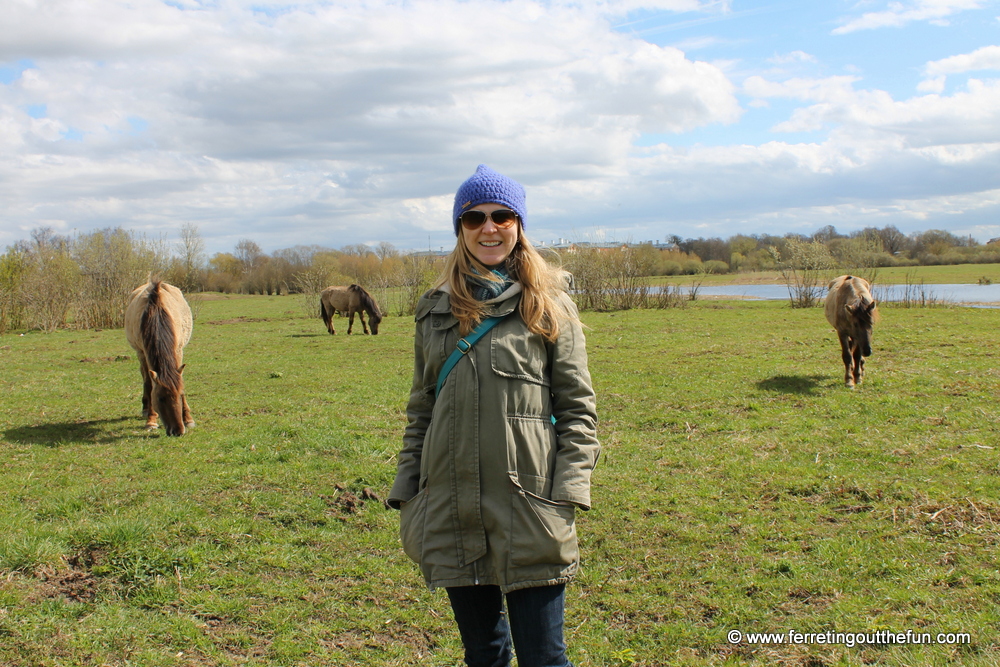
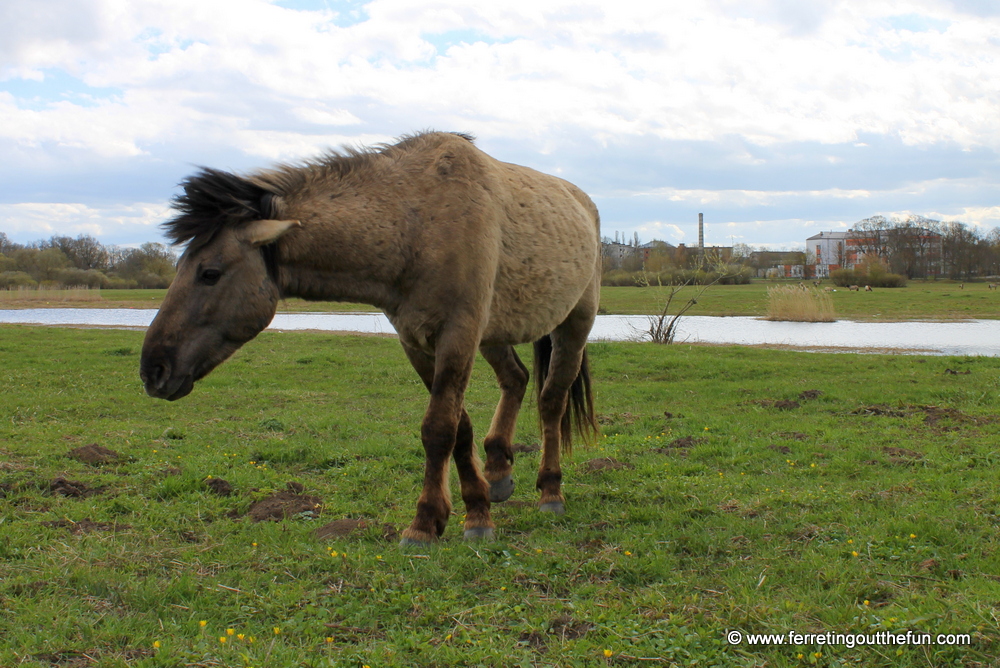
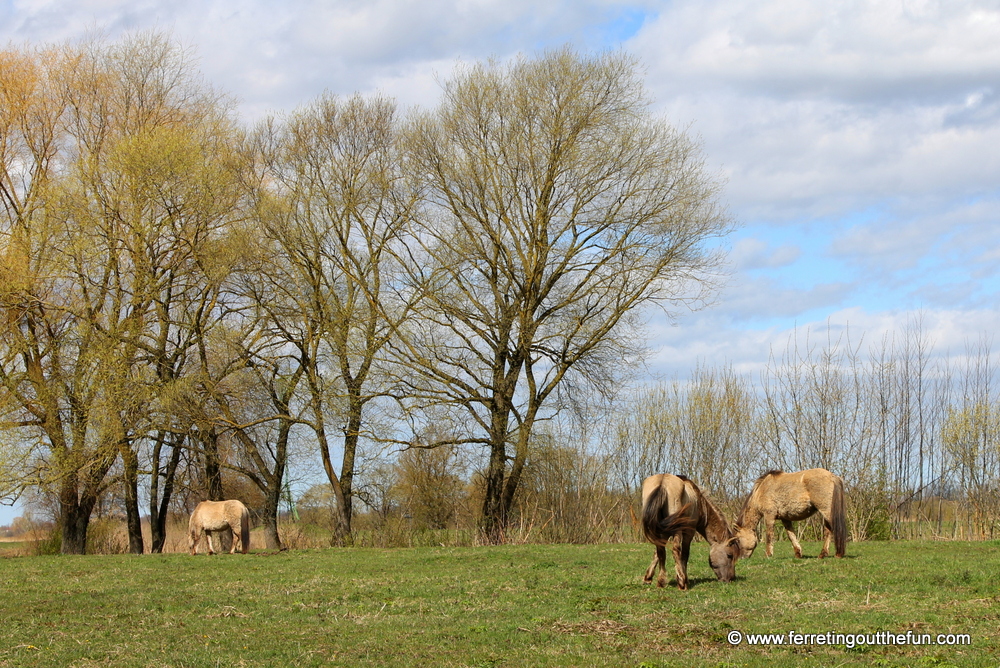
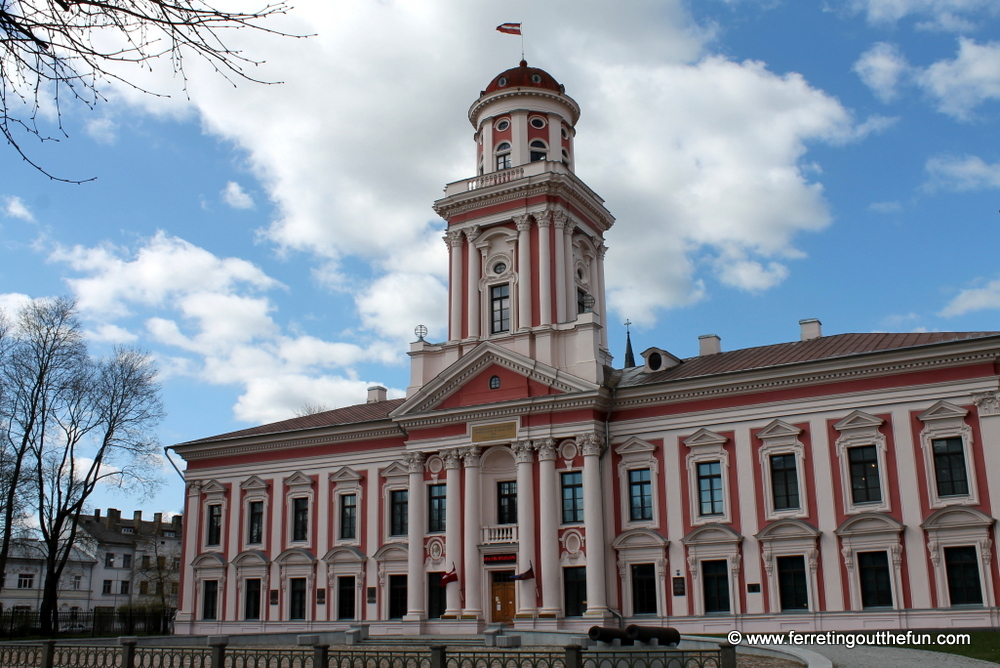
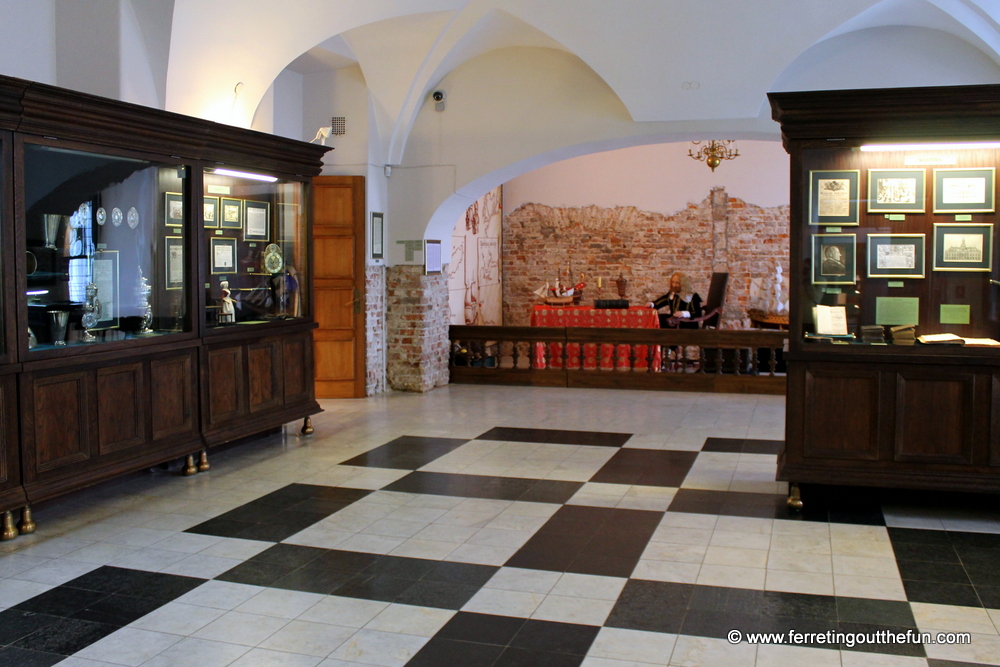
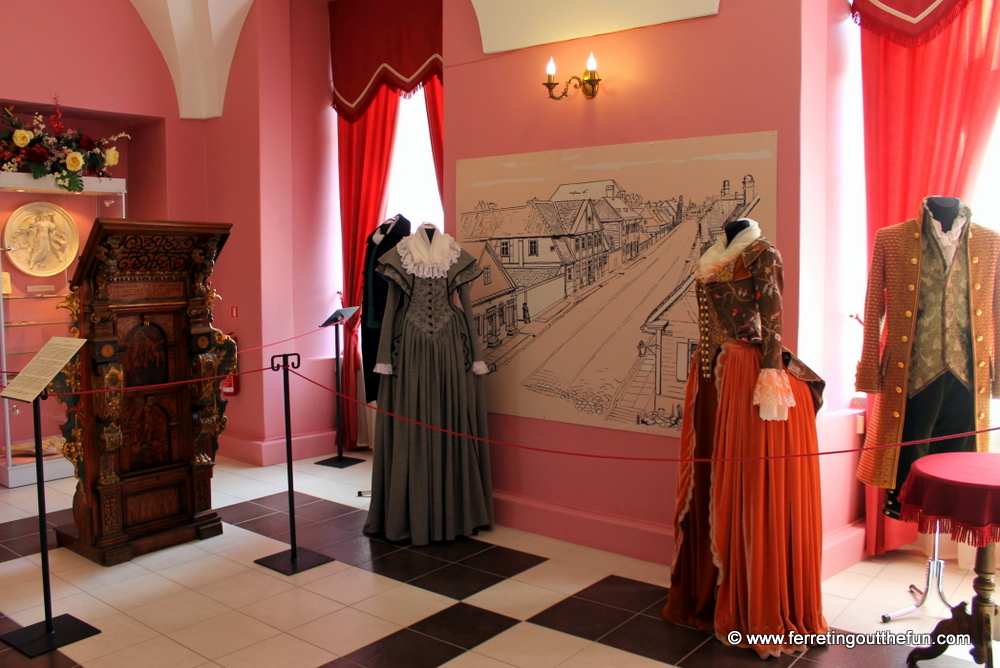
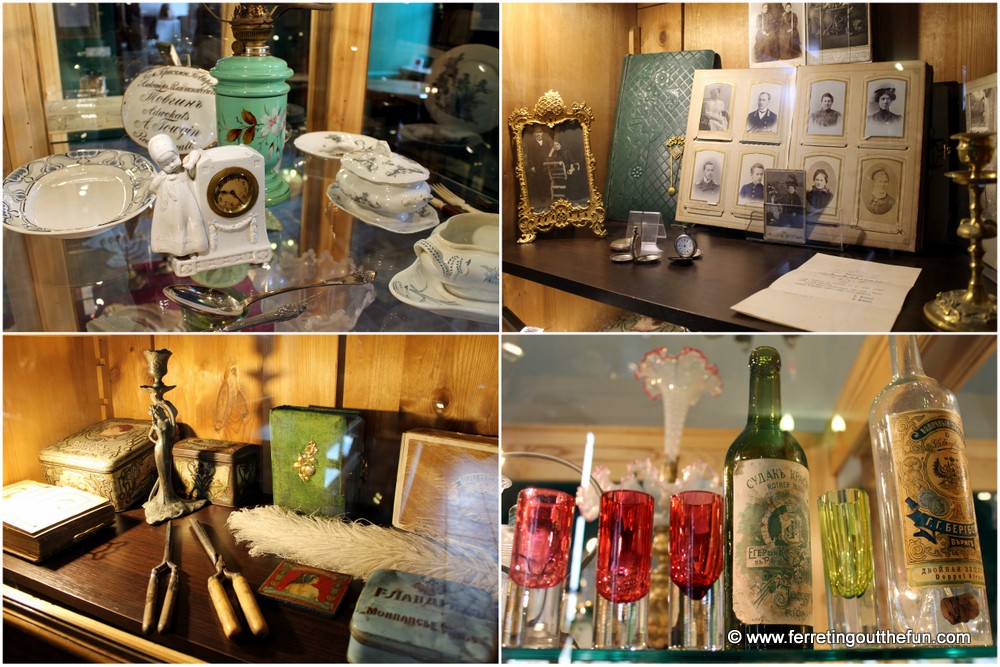
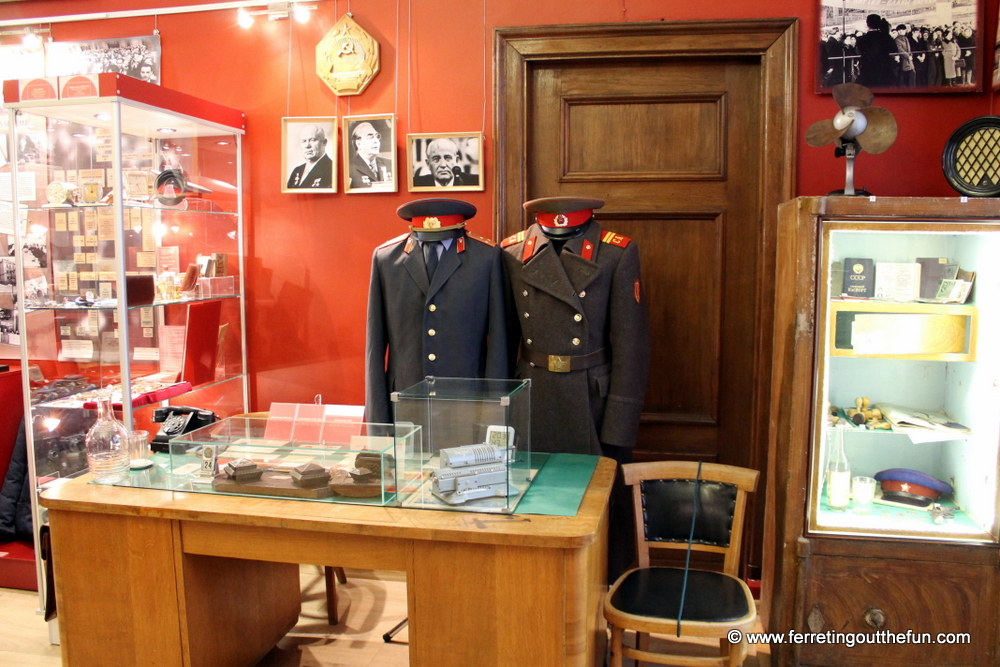
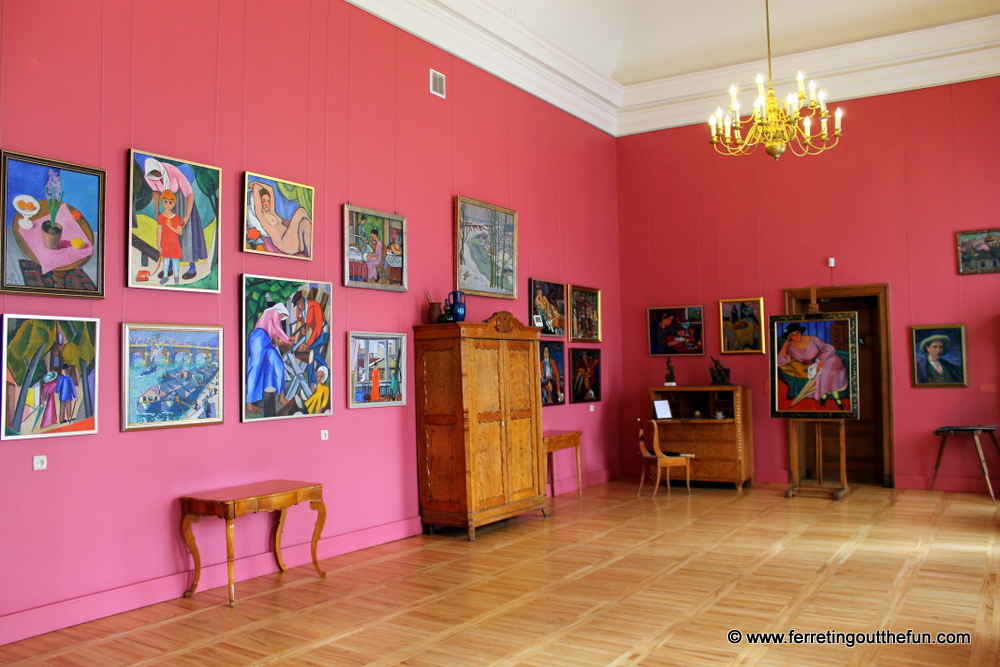
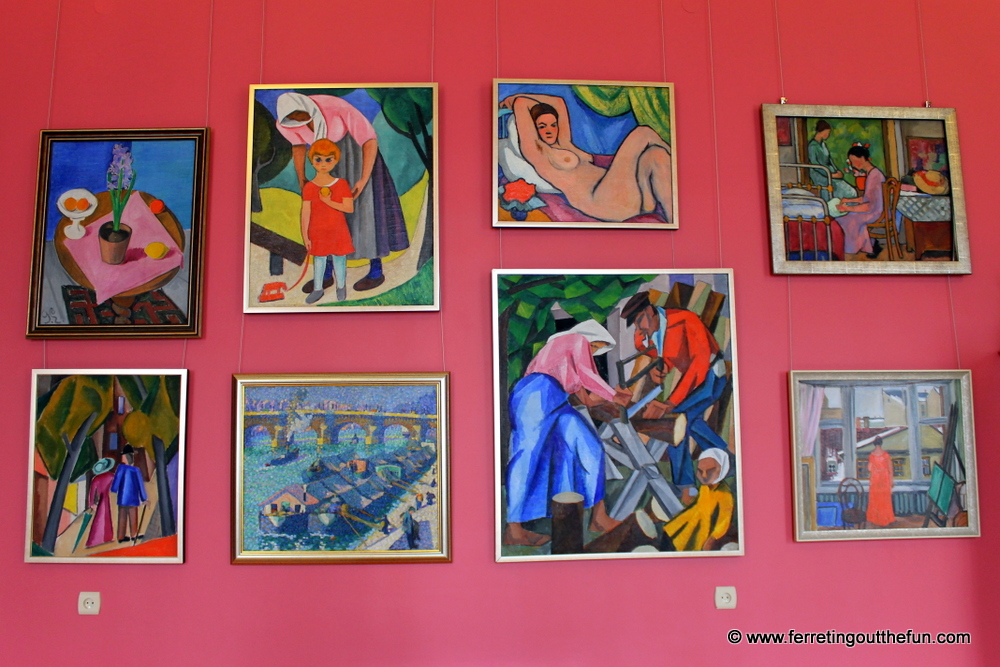
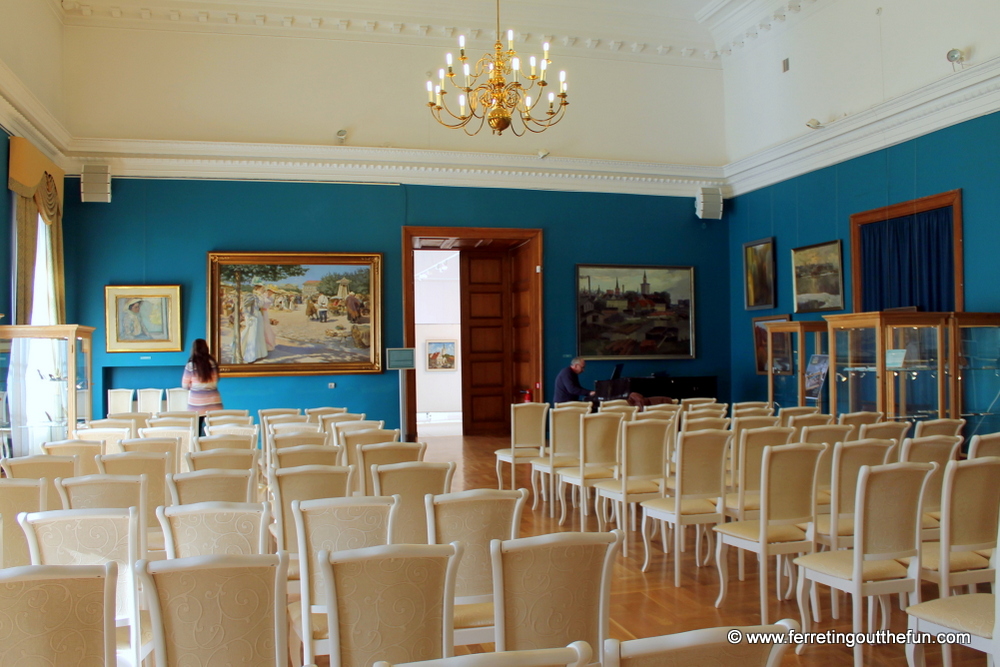
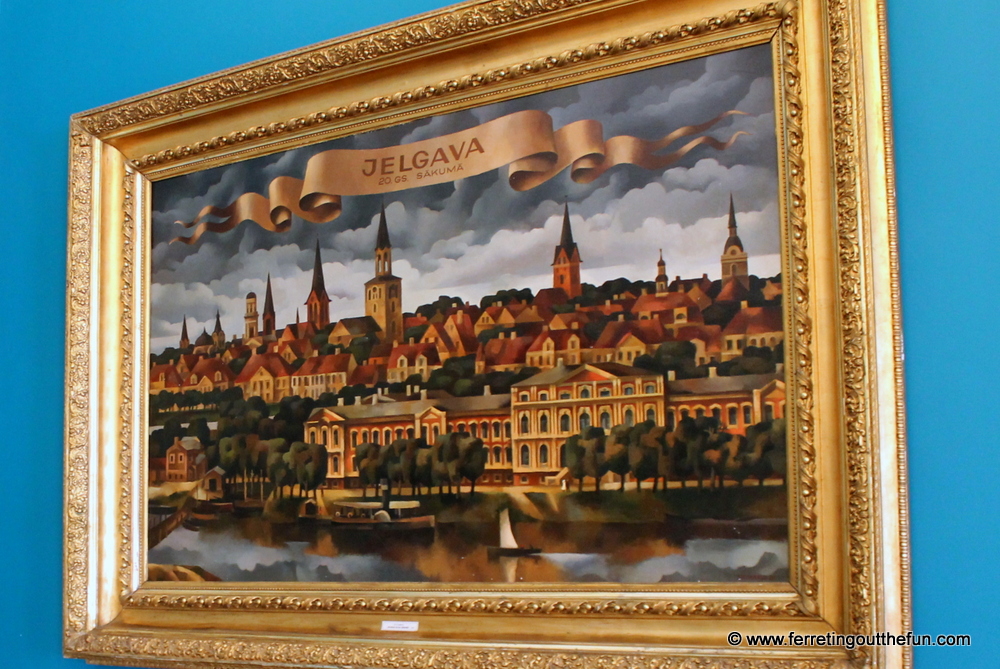
They should turn that palace into a hotel! I’d totally stay there and eat all the pork. Wild ponies scare me, though.
It would make a fabulous hotel, wouldn’t it? There are actually a few palaces sprinkled throughout the country that have been turned in hotels – I think it’s time for me to go stay in one!
Heather, Some of the best places I’ve ever visited were “don’t bothers!”
Don’t you just hate it when people tell you a place isn’t worth visiting? It always just makes me more determined to find something about it to love! 🙂
Thanks so much for this post, Heather! My dad was from Jelgava, but – honestly – I didn’t even know that much about its history. Thank you for educating me! 🙂 And that museum really looks wonderful! By the way, I just shared your blog with a co-worker, who is now oohing and aahing over the Old Riga and Riga cafe posts. 😉
I’m glad to share what I’ve learned, Daina! I only wish the history were happier. The painting of pre-war Jelgava was gut wrenching. These fabulous regional museums have provided a great introduction to Latvian art, though, considering that the national museum in Riga is still closed for restoration.
And thanks for sharing my posts! I hope to write more about Riga in the near future 🙂
It’s heartbreaking to imagine how beautiful that Palace must have been. I hate seeing all the destruction caused by war. Too many places have been destroyed and way too many lives lost. Sounds like an interesting day-trip, though!
I haven’t been on this part of the world, and this is a great addition to my list. Latvia is a beautiful country. I’m looking forward to seeing the Jelgava Palace.. and people are stupid.. don’t mind them. I’ll visit for the horses too! 😀
Also, your cup of coffee made me smile. ^_^
nice post.
I absolutely LOVE the architecture! So beautiful!
It really is! And I just love the vibrant colors!
I’m so glad you were pleasantly surprised, and rightly so! That church alone (and the art! and the horses!) are beautiful! I’m hoping to follow your lead and take more advantage of day trips from NYC now that the weather is a bit nicer!
Yes, please do! I didn’t take many day trips when I lived in NYC so I’m counting on you to show me all the amazing things I missed 😉
That art museum sounds like such an interesting place to look around. I love it when you can prove a place’s reputation wrong!
Me too, Katie! I’ve just been told about another “don’t bother” town in Latvia so I’m planning a day trip for later this month 🙂
The contrast between those first few buildings and the Orthodox Cathedral is astonishing! The blue domes are so striking and beautiful! I also find myself strangely drawn to the statue of the man with the leaky umbrella – do you know what the story behind that one is?
And I didn’t even share the most depressing photos! But at least it looked like they were starting to work on fixing up that section of town.
As for the sculpture, it was apparently inspired by a Latvian song about a wandering, lonely student. It was created by artist Kārlis Īle as part of a competition (he was the winner.)
Aw, I love the sculpture even more now, love learning about the story behind things like this!
The girl at the information desk was so proud of that sculpture when she told me about it. So sweet! 🙂
Wish I could get to the countryside and spend some relaxing time with the horses. Do you ride at all?
I do ride, but haven’t in a long while. It’s definitely time for me to get back on a horse!
This city in Latvia certainly seems interesting … thanks for sharing!
Thanks for stopping by! 🙂
It’s a fantastic place. If I had more holiday time, I would go again with my family.
I hope to go back this summer for the Bread, Milk and Honey Festival 🙂